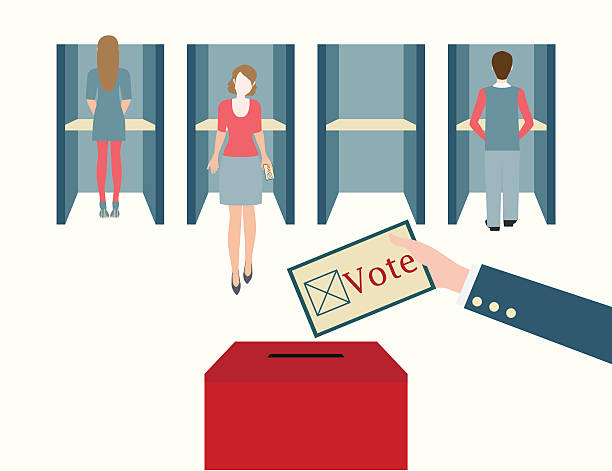Electing a Leader Using Controller-runtime in Kubernetes
Kubernetes is an open-source container orchestration platform that has revolutionized the way we deploy, manage, and scale containerized applications. One crucial aspect of managing applications in a Kubernetes cluster is ensuring high availability and fault tolerance. To achieve this, electing a leader among multiple instances of a controller is a common practice. In this blog post, we’ll explore how to implement leader election using the controller-runtime library in Go, making our controllers resilient and robust.
The transmitting operations such as sending and receiving to a channel are blocking by default. This means that when the data is sent into a channel the control is blocked till a goroutine reads from the other end of the channel. Similarly the read from the channel is blocked till the other end has a gorouting writing data into it
Why Leader Election?
In a Kubernetes environment, you might have multiple instances of a controller running to manage a set of resources. These controllers might be responsible for tasks like scaling, syncing, or managing custom resources. To prevent conflicts and ensure orderly execution, only one instance should be the leader at any given time.
Leader election helps achieve this by designating one instance as the leader while the others remain followers. The leader performs tasks, and in the event of a failure, another instance is automatically elected as the new leader. This mechanism ensures consistent and controlled execution of operations.
Using controller-runtime for Leader Election
The controller-runtime library is a powerful toolkit for building Kubernetes controllers in Go. It provides a framework for writing efficient and scalable controllers, including built-in support for leader election.
Prerequisites
Before we begin, make sure you have the following prerequisites:
- A working Kubernetes cluster.
- Go programming language installed.
- Basic familiarity with Kubernetes concepts and Go programming.
Implementation Steps
Let’s implement leader election using controller-runtime step by step.
Step 1: Set Up Your Controller Project
Create a new Go project and import the necessary libraries:
package main
import (
"context"
"flag"
"os"
"sigs.k8s.io/controller-runtime/pkg/manager"
// Import other necessary packages
)
Step 2: Define the LeaderElectionConfig
func main() {
var metricsAddr string
var enableLeaderElection bool
flag.StringVar(&metricsAddr, "metrics-bind-address", ":8080", "The address the metric endpoint binds to.")
flag.BoolVar(&enableLeaderElection, "enable-leader-election", false, "Enable leader election for controller manager. Enabling this will ensure there is only one active controller manager.")
flag.Parse()
leaderElectionID := "my-controller-lock" // Unique ID for leader election
// ... (initialize other components)
// Create a new controller manager with leader election configuration
mgr, err := manager.New(cfg, manager.Options{
LeaderElection: enableLeaderElection,
LeaderElectionID: leaderElectionID,
MetricsBindAddress: metricsAddr,
// ... (other options)
})
if err != nil {
// Handle error
os.Exit(1)
}
// ... (initialize and start controllers)
}
Step 3: Start the Manager
// Start the manager
if err := mgr.Start(ctrl.SetupSignalHandler()); err != nil {
// Handle error
os.Exit(1)
}
}
Step 4: Test Leader Election
Deploy your controller to the Kubernetes cluster and observe the leader election behavior. You should see only one instance of your controller acting as the leader.
Conclusion
Implementing leader election in Kubernetes controllers is crucial for ensuring reliable and fault-tolerant operation. By using the controller-runtime library, you can easily incorporate leader election functionality into your controllers, enhancing their resilience and availability.
In this blog post, we’ve covered the basics of leader election using controller-runtime and provided a simple example to get you started. As you delve deeper into building Kubernetes controllers, mastering leader election will become an essential skill in maintaining the stability of your applications.
Remember that leader election is just one piece of the puzzle in creating robust controllers. To fully harness the power of Kubernetes and controller-runtime, continue exploring the documentation and experimenting with more advanced features.
Happy coding and happy controlling! Image courtesy - https://www.istockphoto.com/illustrations/voting-booth
 pramod
pramod 
 What are Go channels?
What are Go channels?